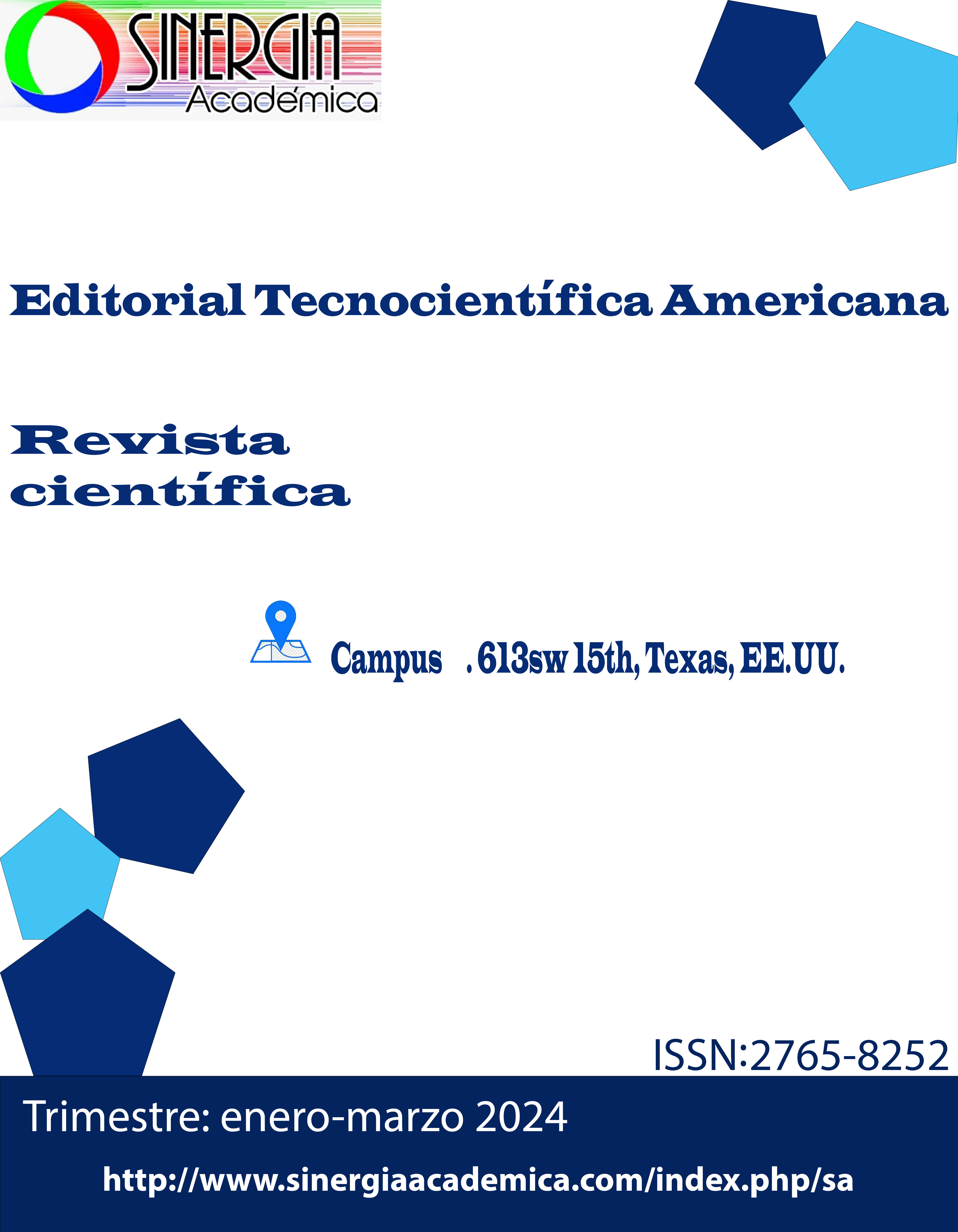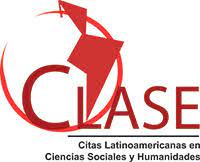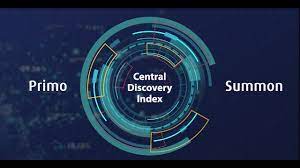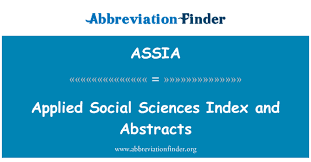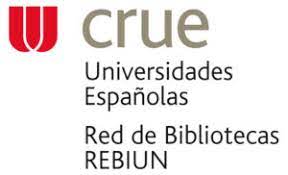Estrategias neurodidácticas para fomentar las normas de convivencia escolar en niños y niñas de primero de básica
DOI:
https://doi.org/10.51736/2hmc8597Palabras clave:
convivencia escolar, estrategias neurodidácticas, desarrollo infantil, evaluación, educación primaria.Resumen
La necesidad de abordar eficazmente la convivencia escolar en estudiantes de primero de básica ha motivado este estudio, centrado en el diseño e implementación de un programa de estrategias neurodidácticas. Con el propósito de fortalecer las normas de convivencia, se estableció como objetivo principal explorar teorías neurodidácticas y evaluar su aplicabilidad en el contexto escolar. La muestra comprendió 34 padres y 11 docentes de la Unidad Educativa Bilingüe Interamericana. La metodología incluyó una revisión bibliográfica exhaustiva, encuestas, observación participante en el aula y validación por criterio de expertos. Los resultados, derivados del diagnóstico inicial, evidenciaron áreas problemáticas en la convivencia escolar, destacando la necesidad de intervenciones específicas. La revisión de literatura proporcionó las bases teóricas para el diseño de estrategias neurodidácticas adaptadas a estas necesidades. La validación por criterio de expertos respaldó la pertinencia y calidad del programa diseñado. Las encuestas a padres y docentes reflejaron percepciones divergentes sobre la convivencia y las estrategias neurodidácticas, subrayando la importancia de considerar las perspectivas de ambos grupos. Este estudio, al integrar aportes teóricos con la realidad práctica del aula, presenta un enfoque integral para mejorar la convivencia escolar y fomentar el desarrollo integral de los estudiantes de primero de básica.
Descargas
Publicado
Número
Sección
Licencia
Derechos de autor 2024 Sinergia Académica

Esta obra está bajo una licencia internacional Creative Commons Reconocimiento-NoComercial-CompartirIgual 3.0.

